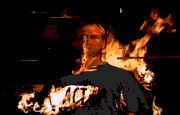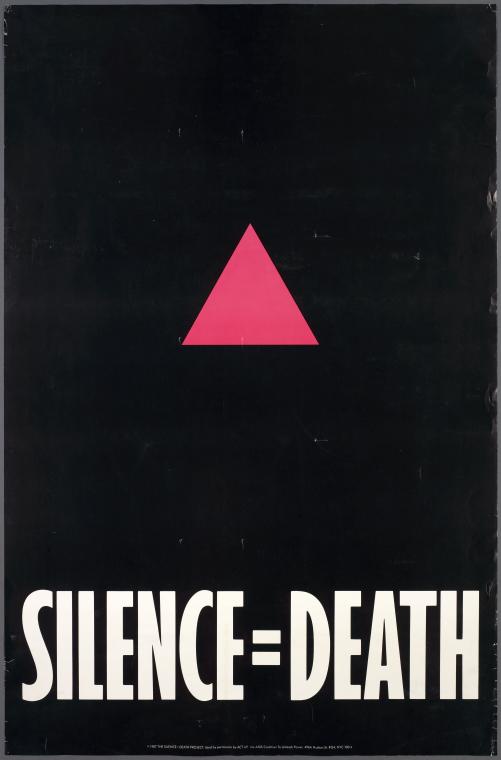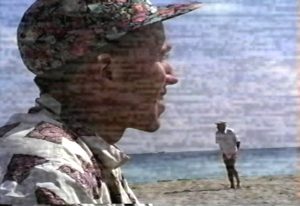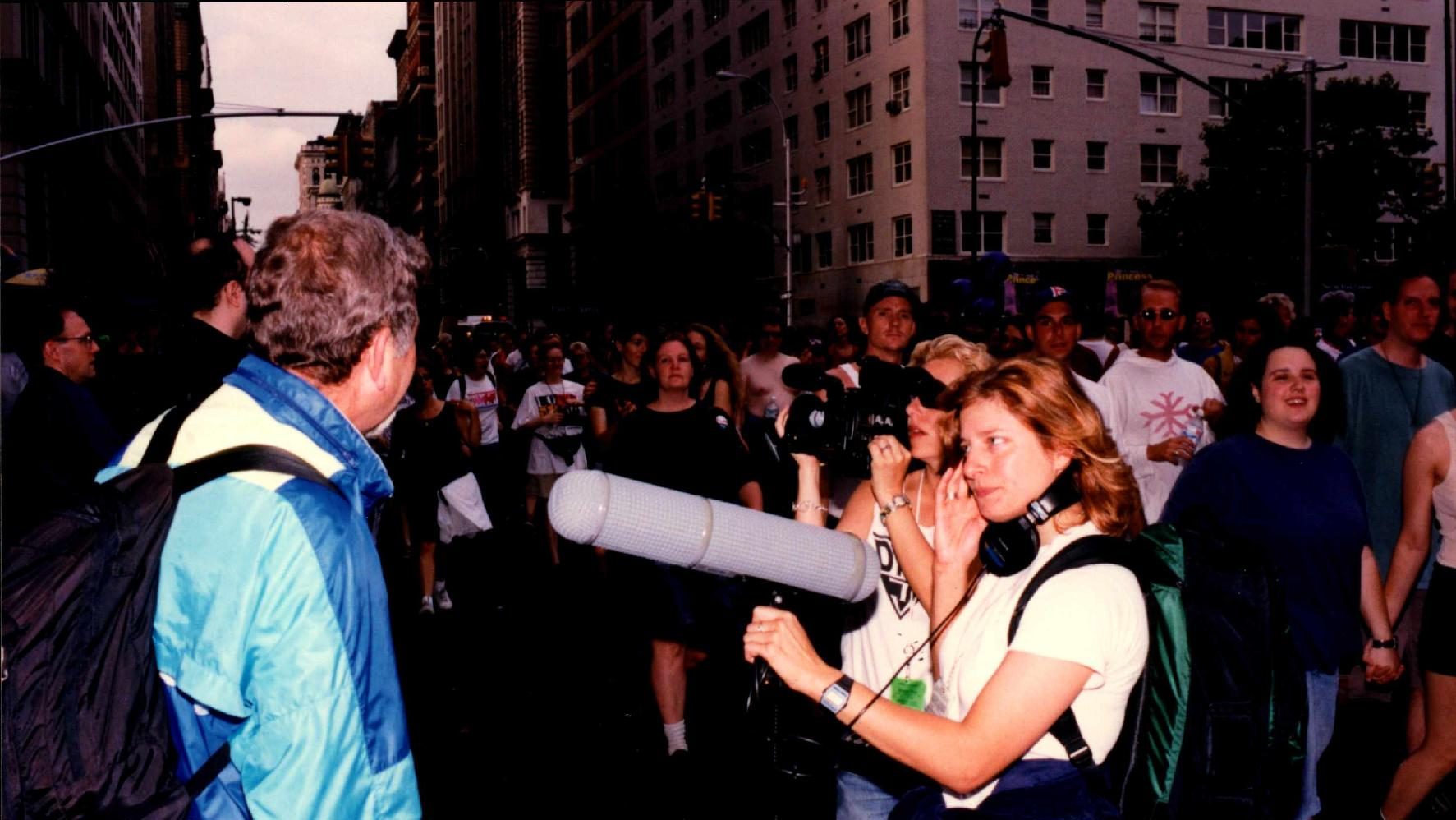
THE DRAMA OF AIDS IS BEING REPLACED BY ITS NORMALIZATION. NORMALIZATION IS FUCKED.
– DIVA TV1
In the face of a callous government that refused to acknowledge the severity of AIDS — President Ronald Reagan famously did not mention AIDS in a public speech until 1985, four years after the virus was first identified2 — gay and lesbian activists of the 80s and 90s united in solidarity to raise awareness of health disparities and nationwide discrimination faced by HIV-positive individuals.

Though the majority of ACT UP members were gay men, women were also heavily involved in AIDS activism with ACT UP and organizations like the Minority Task Force on AIDS and Bronx AIDS Services. The Women’s Caucus of ACT UP sought to address the ways women with HIV tended to die faster than men with HIV, higher rates of AIDS among women of color, and the AIDS activist movement’s unwillingness to confront the realities of IV drug use.5 During this time, lesbians in particular showed up in solidarity for gay men with AIDS. According to prominent AIDS activist Maxine Wolfe:
Even though the Lesbians were a small group, we were the people who had done politics. We were the people who did the civil disobedience training. We have always been the marshals. We have always been the logistics people because we came out of that kind of background.”6
The Lesbian Avengers, founded in 1992, grew directly out of the work of ACT UP and other grassroots gay and lesbian rights groups, as a way for lesbians to pool their activist energies and mobilize around specifically lesbian issues.
Many of the lesbians involved in ACT UP in the 80s and 90s were also involved in video activism. Activists like Jocelyn Taylor, also a producer for Dyke TV, were members of DIVA (Damned Interfering Video Activists) TV, the video wing of ACT UP founded in 1989, documenting the actions of ACT UP New York in the 90s.7
Other videomakers, like filmmaker Alexandra Juhasz, pushed the limits of what video activism could be. In her film, Video Remains, Juhasz cuts between clips of her work with an AIDS education group with Latino teenagers in LA and home videos of her friend who died of AIDS in the 90s.8 The other work Juhasz produced as part of her AIDS Activist Video Tapes project similarly intermingle activism and memory, nostalgia and call to action. Her work reminds us that although making videos “did not stop AIDS or death,” video activist work like this “certainly changed it,”9 imploring us to hold space for the lasting impact of the AIDS crisis on the gay and lesbian communities.

As Juhasz herself put it, activist video work like hers and that of both DIVA TV and Dyke TV carry a powerful message: “Because we lost but lived, we wish to spare others this pain while we take pleasure in sharing its memory.”11
Footnotes:
- “DIVA TV (Damned Interfering Video Activists),” ACT UP Historical Archive, https://actupny.org/divatv/index.html. ↩
- “A Brief Timeline of AIDS,” FACT (Fighting AIDS Continuously Together), https://www.factlv.org/timeline.htm. ↩
- “Silence = Death,” Manuscripts and Archives Division, The New York Public Library, New York Public Library Digital Collections, https://digitalcollections.nypl.org/items/510d47e3-3ec0-a3d9-e040-e00a18064a99. ↩
- John Leland, “Twilight of a Difficult Man: Larry Kramer and the Birth of AIDS Activism,” May 19, 2017, New York Times, https://www.nytimes.com/2017/05/19/nyregion/larry-kramer-and-the-birth-of-aids-activism.html. ↩
- Zoe Leonard, “Lesbians in the AIDS Crisis,” in Women, Aids, and Activism, ed. Marion Banzhaf et. al, (Boston: South End Press, 1990), pp. 113 – 118. ↩
- Maxine Wolfe, “This Is about People Dying: The Tactics of Early ACT UP and Lesbian Avengers in New York City,” ACT UP NY, 1997, https://actupny.org/documents/earlytactics.html. ↩
- “Be a DIVA!” dir. Jocelyn Taylor, DIVA TV, 1990. https://archive.org/details/ddtv_34_be_a_diva. ↩
- Video Remains, dir. Alexandra Juhasz, 2005. ↩
- Alexandra Juhasz, “Video Remains: Nostalgia, Technology, and Queer Archive Activism,” Journal of Gay and Lesbian Studies, 12 (2006): 319 – 328, https://muse.jhu.edu/article/193874/pdf. ↩
- Alexandra Juhasz, “Video Remains: Synopsis,” 2005, Alexandra Juhasz: Media Production, Theory, and Activism, http://alexandrajuhasz.com/films-videos/video-remains/. ↩
- Ibid. ↩
